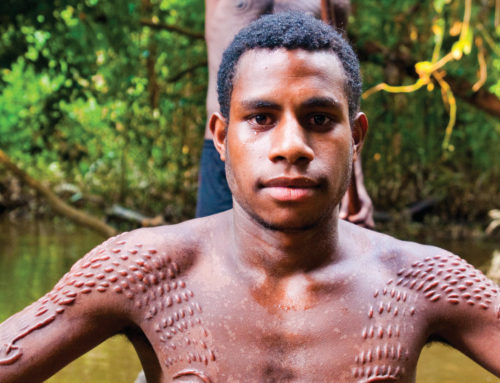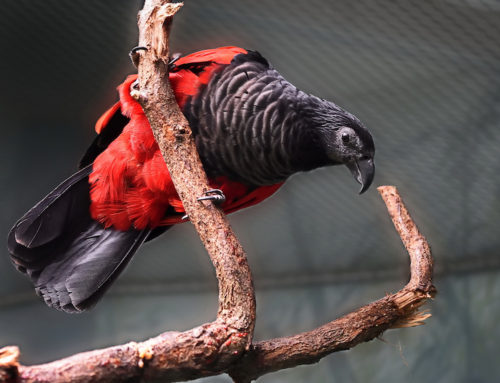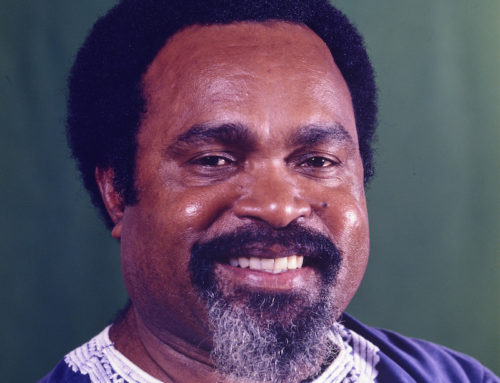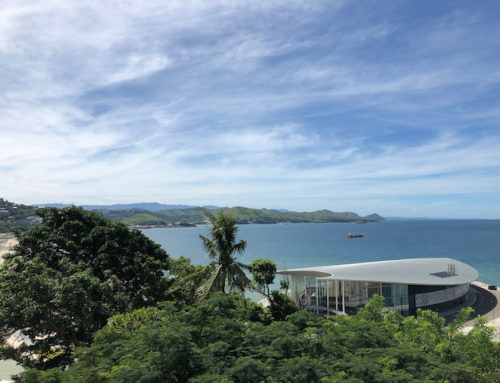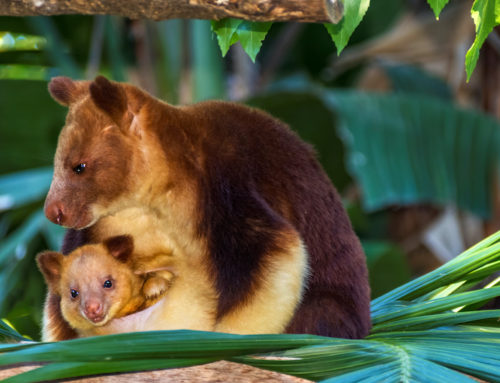The ancient legend of Edai Boera
Thursday 25th September 2020
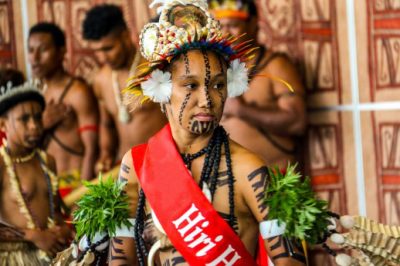
Each year Papua New Guinea’s Hiri Moale festival celebrates a culture founded on seafaring and trade. Behind that culture is a fascinating legend that has been passed down from one generation to the next.
Known as the ancient legend of Edai Boera, it recounts the story of how the Motu people came to create the distinctive vessel known as the Lakatoi, and why it changed their fortune for years to come.
It goes like this…
A fortunate encounter
Times were hard in Edai Boera’s day, with failed harvests and starvation plaguing the Motuan people. Still, the fisherman continued to ply his trade, when one day he was accosted by his eel spirit Divara, who capsized his boat and dragged Edai to the depths of the ocean.
There, Divara schooled him in the art of seafaring and boatbuilding, telling Edai the Lakatoi would be the answer to all his woes.
Safely returned to land, Edai shared his experience, then set to work building the vessel.
“He carved two large canoes and lashed them together into a single hull,” Papua New Guinea Travel recounts.
“He added a platform, a shelter, two large masts and the characteristic Crab-Claw Sails.”
Armed with ornaments and gifts, Edai and his Lakatoi then set sail, embarking on a journey west to trade with the people of Gulf Province.
He returned several months later, rich in success. As the trade winds turned north-westerly, Edai’s Lakatoi sailed home laden with treasures of taro, sago, betelnut, and timber.
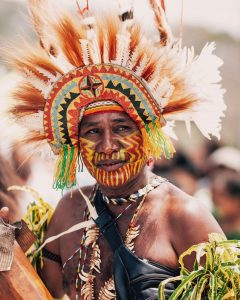 Image via @saskia_vanzanen (IG)
Image via @saskia_vanzanen (IG)
A long-standing tradition
In the years after Edai’s maiden voyage, these Lakatoi trading expeditions became an annual tradition. Known as the Hiri, or trade voyage, they were timed to coincide with the trade winds and forged deep bonds with other people and tribes.
But they came at a high cost, often taking months to complete under arduous and treacherous conditions, with many a sailor losing their lives.
The last trading trip took place in the late 1950s, with the tradition coming to an end after a heavily laden Lakatoi sank off the coast of Boera.
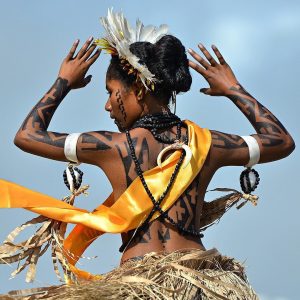
Image via @paewllipski (IG)
Hiri Moale Festival
Held each year around the date of Papua New Guinea’s independence in September, the Hiri Moale festival celebrates the seafaring tradition and culture of the Motu people.
The annual event now stands for unity, diplomacy and tradition, showcasing Lakatoi, and Motuan traditions such as song, dance, and tributes to their ancestors and gods.
As Papua New Guinea Travel explains, the festival also highlights the cultures of the tribes that the Motuans traded with, including the people of the Gulf, Mekeo, Hula and Koiari.
“The Hiri trading voyages forged friendship and lineal ties going back thousands of years. Much of this is evident today with the Hiri Motu language, a vernacular understood by the Motuans and their southwesterly trading partners,” they note.
About Paga Hill Estate
Paga Hill Estate is a world-class, master-planned estate in the heart of Port Moresby, Papua New Guinea. The waterfront site is the first comprehensively planned multi-use development in Papua New Guinea to be enjoyed by both residents and visitors alike.
The all-inclusive development will include vibrant public spaces and waterfront promenade, luxury hotels, residential apartments, restaurants, retail, commercial space, a Trade, Exhibition & Cultural Centre, restoration of WWII relics, marina precinct and a nearby international cruise liner terminal.

